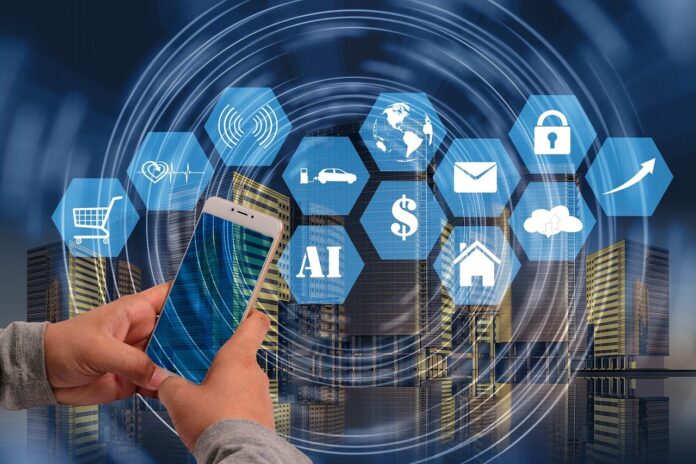Fresh from the back of the popularity of Sapiens and Homo Deus, Professor Yuval Noah Harari returned with another novel, not for decades, but the 21st century.
“21 Lessons for the 21st Century” by Yuval Noah Harari breaks into the influx of knowledge and murky waters of the online environment and addresses the most pressing problems on today’s global agenda.
OSCILLATING BETWEEN STORIES AND REALITY
Harari confronts today’s 21 major questions in the 21 chapters of the novel, and after reading and highlighting the book, distilling its 300 pages down to 16,000 words of notes, and then distilling those notes down to 5,000 words of key lessons and takeaways, I decided to offer you my third review of the book, kicking things off with: the subject of knowledge overwhelm, Harari points out that ‘humans think of stories rather than reality, statistics or calculations, which is why the socialist, fascist and liberal stories of the twentieth century were so strong.
The easier the story, he says, the better it is. A lesson not only for all of you who have declared political war, it is safe to say few of you are but also for all of you in the business and entrepreneurship game. It is imperative that you make your stories easy.
RISE OF AI
Although the nineteenth century was mostly about three political regimes, the twentieth century added new stories and divisions, normal, superhuman, and artificial intelligence.
As AI grows more advanced, groups of humans will be created; superhumans who are enhanced by technology. As Elon Musk points out in a recent episode of the Joe Rogan Experience, we’ve already been increased, there’s only a gap and the data rate is too slow.
While there is a lot of pushback against the liberal story today, Harari says that at the end of the day, humanity need not leave the liberal story because there are no suitable alternatives.
Harari suggests in “21 Lessons for the 21st Century” that the more we understand the biological processes that underpin human feelings, impulses, and choices, the more machines would be able to interpret human actions, anticipate human decisions and replace human careers such as bankers and lawyers. At least in certain lines of work, it would make sense to replace all people with computers, even though certain persons would do a better job than machines.
The US National Highway Safety Administration reported that in 2012, 31 percent of traffic collisions involved substance misuse, 30 percent speeding, and 20 percent distracted drivers.
Self-driving cars have none of these flaws and, potentially, we might see the replacement of 3.5 million licensed truck drivers in the United States alone, among other driving careers.
Instead of totally eliminating humans, though, AI could potentially help to generate new human jobs. Instead of people competing with AI, they should concentrate on servicing and optimizing AI.
BE PREPARED FOR CHANGES
The labor market of 2050 is expected to be marked by human-AI collaboration rather than competitiveness. Several years after IBM’s Deep Blue beat Grandmaster Garry Kasparov’s chess, human-computer collaboration flourished. In recent years, though, machines have been so good at playing chess that their human collaborators have lost their importance, which may be seen as a reference of what could happen at a more pervasive stage.
The author advises in his book, 21 lessons for the 21st Century that in this century of relentless technical and political disruption, we should brace ourselves for the future by understanding our own ignorance in the face of growing ambiguity and by addressing hot political problems, such as immigration, with cool rationality. We will also be future-proof by trying to say the difference between true and fake news. While the 21st century brought threats of extremism and mass unemployment, we can note that, fundamentally, the secret to our stability and survival lies in our own hands.
Haven’t read the book yet? Don’t worry, just log in to RollingSlate website/app and help yourself with a detailed chapter-wise summary of the book.


























